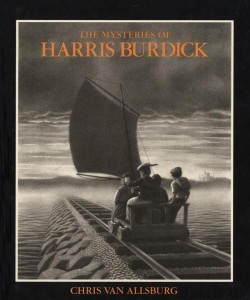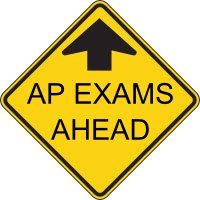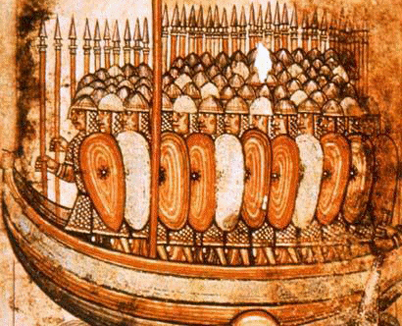 As you create the rough draft of your paper, you must incorporate source material from your notes. Any information you include that is new to you must be cited properly whether you paraphrase it or not! The instructions below will help you work with your source materials so you can include your research properly and avoid plagiarism.
As you create the rough draft of your paper, you must incorporate source material from your notes. Any information you include that is new to you must be cited properly whether you paraphrase it or not! The instructions below will help you work with your source materials so you can include your research properly and avoid plagiarism.
PRINT SOURCES
Print sources require that you cite not only the author name but also the page number the information is found on. Here are some examples from a print article about the Titanic disaster.
ORIGINAL SOURCE
The Titanic had carried boats enough for 1,178 persons, only one-third of her capacity. Her sixteen boats and four collapsibles had saved but 711 persons; 400 people had needlessly lost their lives. (Hanson Baldwin, “R.M.S. Titanic,” from Readings for Writers, Ed. Jo Ray McCuen and Anthony C. Winkler, p. 355)
You must cite the source when you paraphrase information from the source:
Although Titanic had lifeboats, they would only hold one-third of her passengers. (Baldwin 355)
When you include a small portion or snippet of the original source, place the citation as close as possible to the quoted material:
Titanic’s lifeboats had space “enough for 1,178 persons,” (Baldwin 355) but most of them were left unfilled.
When quoting directly from the source, include quotation marks and list the citation at the end:
“Titanic had carried boats enough for 1,178 persons, only one-third of her capacity.” (Baldwin 355)
You may also include the name of the source in the sentence introducing the quotation, but you still need to cite the page number at the end:
According to Baldwin, “Titanic had carried boats enough for 1,178 persons, only one-third of her capacity.” (355)
Print sources for this paper include “Kewauna’s Ambition” and “Next Term We’ll Mash You” (Close Reader), and “Marita’s Bargain” and “How to Build a Smarter Student” in the textbook.
ONLINE SOURCES
Online sources vary in how they are to be cited. Since online sources have no page numbers, you will generally cite information by using the author’s name alone. Here is a sample from an online source with a listed author:
The full citation for this page reads:
Molony, Senan. “Lifeboats Extinguished Their Lights!” Encyclopedia Titanica. N.p., n.d. Web. 01 Nov. 2012. <http://www.encyclopedia titanica.org/titanic lifeboats-extinguished-their-lights.html>.
ORIGINAL SOURCE
Lifeboats from the Titanic extinguished their lights in order not to become attractive beacons for swimmers after the sinking.
They cut themselves off from sight, and the grim truth is that they thereby callously cut off the lives of their former shipmates.
Citation using quoted text:
People in the lifeboats were afraid their boats would be swamped by others in the water, so they “extinguished their lights in order not to become attractive beacons for swimmers.” (Molony)
Some websites, however, do not contain author names. Their citations work a bit differently. The following information was found online at http://www.rmstitanic.net/learning-center/history/timeline.html
The full citation for this page reads:
“Titanic Timeline.” Learning Center. RMS Titanic, Inc., n.d. Web. 01 Nov. 2012. <http://www.rmstitanic.net/learning- center/history/timeline.html>.
ORIGINAL SOURCE
April 15th, 1912, 12:45 am:
First lifeboat leaves the Ship with only 19 aboard, although it could carry 65.
How to cite the source using a paraphrase:
At 12:45 am, the first lifeboat left the ship carrying only 19 passengers, although its capacity was 65. (“Titanic Timeline”)
The “10 Things College Professors Hate” article came from an online source.
YOUTUBE VIDEOS
If you plan to use information from either the Sir Ken Robinson video or the graduation speech from Adm. McRaven, you will need to cite it using the following model:
Shimabukuro, Jake. “Ukulele Weeps by Jake Shimabukuro.” Online video clip. YouTube. YouTube, 22 Apr. 2006. Web. 9 Sept. 2010. [The difference in the two dates is that the first is the creation date of the clip, while the second is the date you accessed it.]
The citation itself would include the last name only:
Spending the day as a “sugar cookie,” with your uniform and body covered in wet sand, teaches you that nothing ever goes as planned, even when you think you’re prepared. (McRaven)
Transcripts of both of these videos are available online if you search for the title and author of the video and include the word transcript.








